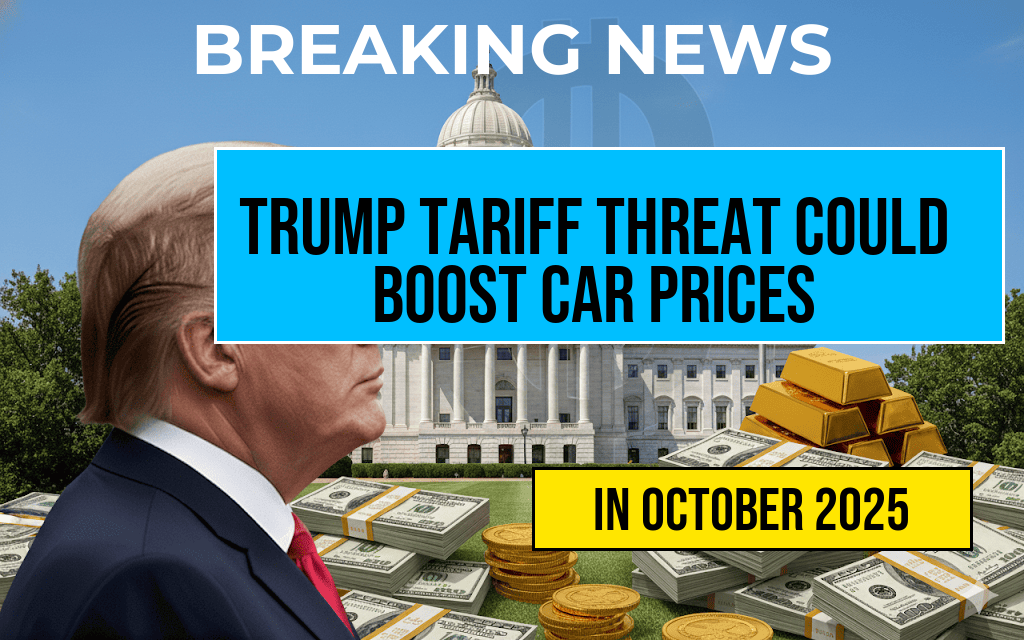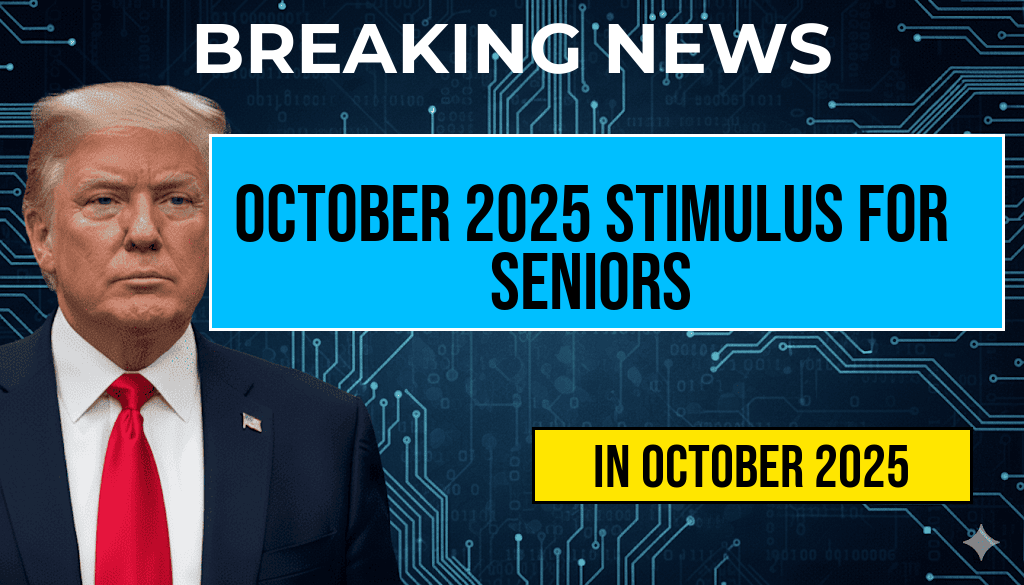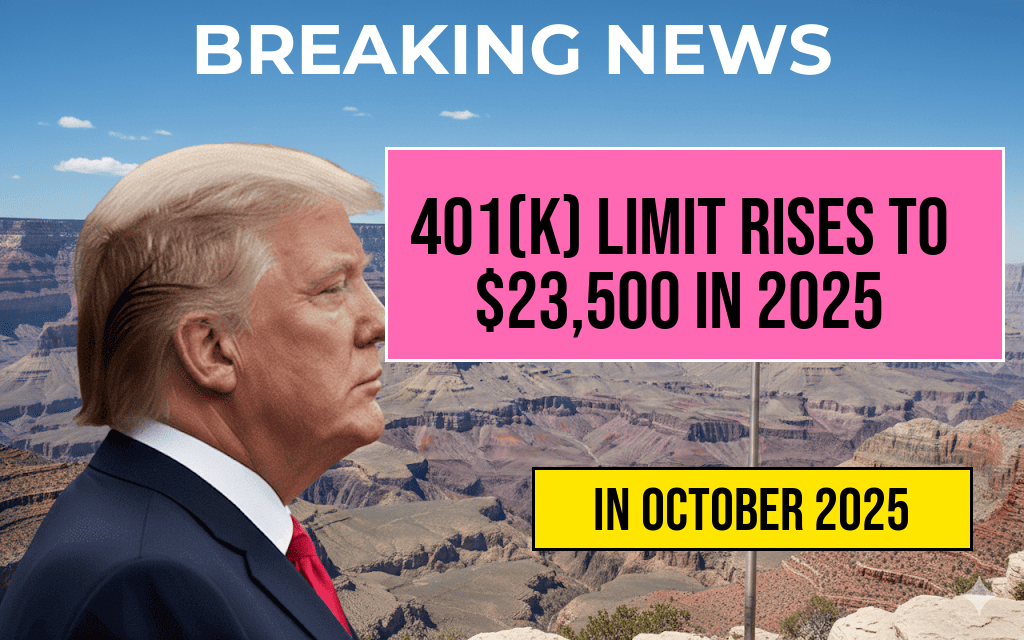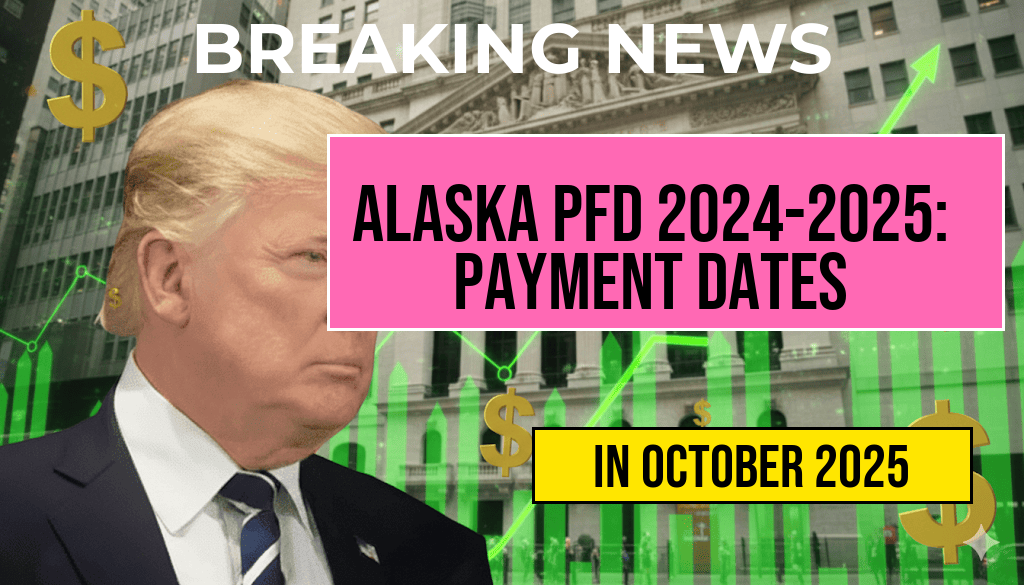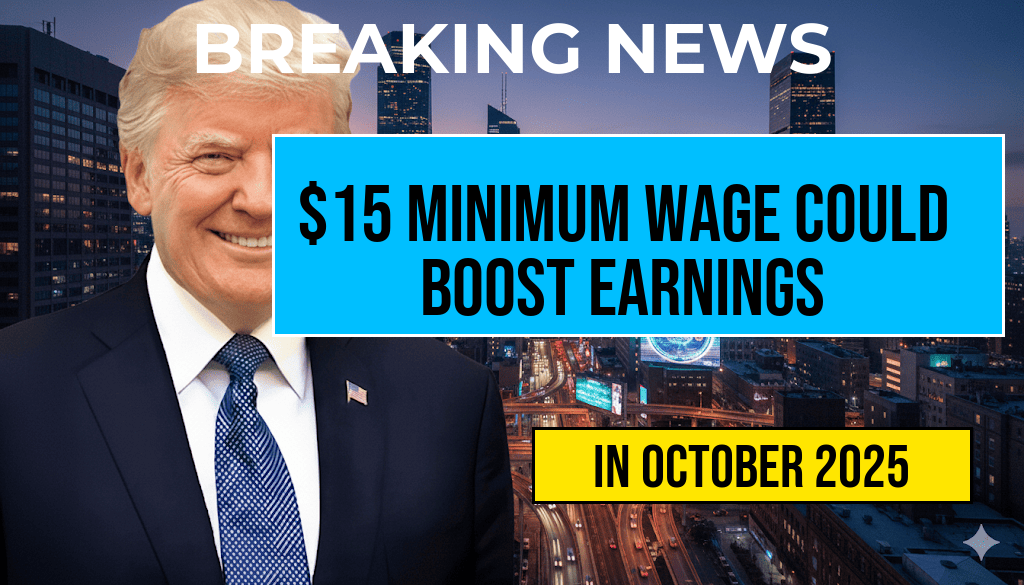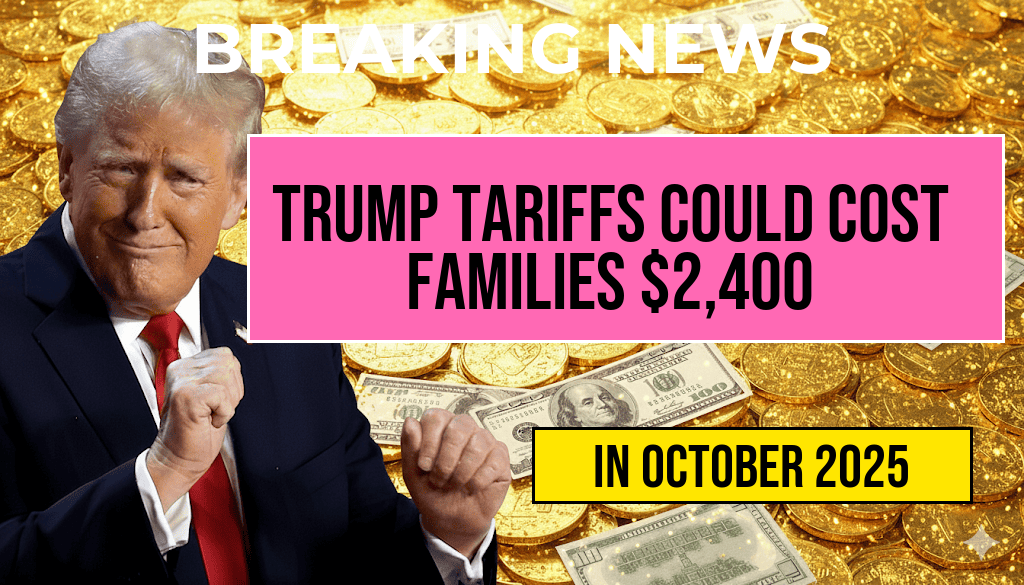Automakers and consumers are closely monitoring recent developments that could significantly influence vehicle prices in the United States. Former President Donald Trump has issued a new threat to impose tariffs on imported vehicles, a move that could potentially raise the average price of new cars by up to $5,286. This proposal stems from ongoing trade negotiations and tariffs previously imposed on foreign-made goods, aimed at protecting domestic manufacturing but raising concerns about affordability and market stability. Industry analysts warn that such a tariff increase could lead to a substantial hike in vehicle prices, affecting new car sales, used vehicle markets, and overall consumer spending. With the automotive sector accounting for a significant portion of U.S. manufacturing and employment, any tariff-induced cost increases could reverberate through the economy, prompting a reevaluation of supply chain strategies and import policies.
The Context Behind the Tariff Threat
Historical Trade Tensions and Policy Shifts
Trade tensions between the U.S. and key trading partners, particularly China and the European Union, have historically prompted the imposition of tariffs aimed at reducing trade deficits and encouraging domestic production. During his presidency, Donald Trump implemented several tariffs on imported goods, including vehicles, citing national security and economic fairness as primary motives. While some tariffs were rolled back or renegotiated, recent statements suggest a renewed willingness to leverage tariffs as a bargaining tool.
According to reports from Wikipedia’s trade war article, tariffs can serve as both economic and diplomatic tools, but often at the cost of consumer and industry costs. The current threat signals a potential escalation, with the possibility of reinstating or increasing tariffs on foreign vehicles and auto parts.
Projected Impact on Vehicle Prices
Cost Analysis and Price Estimates
Automotive industry experts estimate that a tariff increase of this magnitude could lead to an average rise of $3,000 to $5,286 per vehicle, depending on the make, model, and country of origin. The higher end of this spectrum assumes tariffs on all major imported vehicles, including popular brands from Europe and Asia, which comprise approximately 45% of new car sales in the U.S.
| Vehicle Type | Current Average Price | Estimated Increase | Projected New Average Price |
|---|---|---|---|
| Imported Compact Car | $22,000 | $2,200 | $24,200 |
| Imported SUV | $35,000 | $4,500 | $39,500 |
| Imported Luxury Vehicle | $60,000 | $6,286 | $66,286 |
The actual impact on prices will depend on how automakers choose to absorb or pass on these costs. Historically, some manufacturers have opted to absorb tariffs to remain competitive, while others have increased consumer prices directly.
Implications for the Market and Consumers
Consumer Buying Power and Market Dynamics
The potential price hikes could influence consumer behavior, leading to a slowdown in new vehicle sales and increased interest in used cars. According to the Federal Reserve’s recent analysis, higher vehicle prices tend to depress demand, especially among price-sensitive buyers. This could also accelerate shifts toward electric vehicles and domestic brands, which are less affected by tariffs.
Dealerships might see increased pressure to offer incentives to maintain sales volumes, but sustained price increases could dampen overall market growth. Car manufacturers could also reconsider supply chain strategies, potentially sourcing more components domestically to mitigate tariff impacts.
Broader Economic and Political Reactions
Industry Response and Policy Uncertainty
The automotive industry has responded cautiously to the tariff threat, emphasizing the importance of stable trade policies. Forbes reports that automakers warn that such tariffs could undermine efforts to recover from pandemic-related disruptions and could lead to job cuts in manufacturing and supply sectors.
Politicians and consumer advocates are divided, with some arguing that tariffs are necessary to protect American jobs, while others warn of the broader economic fallout. The debate continues as policymakers weigh the potential benefits against the risks of inflation and reduced consumer choice.
Looking Ahead
Monitoring Developments and Preparing for Market Changes
As discussions unfold, industry stakeholders and consumers alike should stay informed about potential policy shifts. Automakers are likely to adjust their strategies, including pricing, supply chain sourcing, and marketing approaches, in anticipation of tariff changes. Consumers may consider locking in current vehicle prices or exploring alternative options to mitigate future cost increases.
For more details on current trade policies and their economic implications, visit World Trade Organization and Cars.com.
Frequently Asked Questions
What is the main concern regarding Trump’s tariff threat on new cars?
The primary concern is that Trump’s tariff threat could lead to an increase in vehicle prices by up to $5,286, impacting consumers and the automotive market.
How might the tariffs affect the overall cost of purchasing a new car?
The tariffs could raise the cost of new cars significantly, potentially adding hundreds to thousands of dollars to the price tag, making vehicles less affordable for many buyers.
Which vehicles are most likely to be affected by the proposed tariffs?
Vehicles with higher import tariffs, especially those heavily reliant on foreign components or imported models, are most vulnerable to price increases due to the tariff threat.
What are the potential responses from automakers if tariffs are imposed?
Automakers may choose to absorb some costs to keep prices stable, or they might increase vehicle prices to pass on the additional expenses to consumers, potentially reducing sales.
How could consumers be affected if vehicle prices rise due to tariffs?
Consumers may face higher out-of-pocket costs when purchasing new vehicles, which could also influence used car markets and overall automotive affordability.

